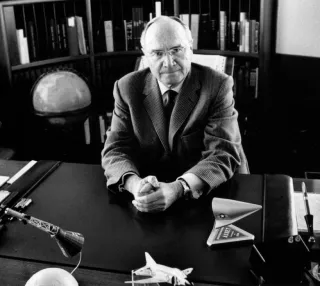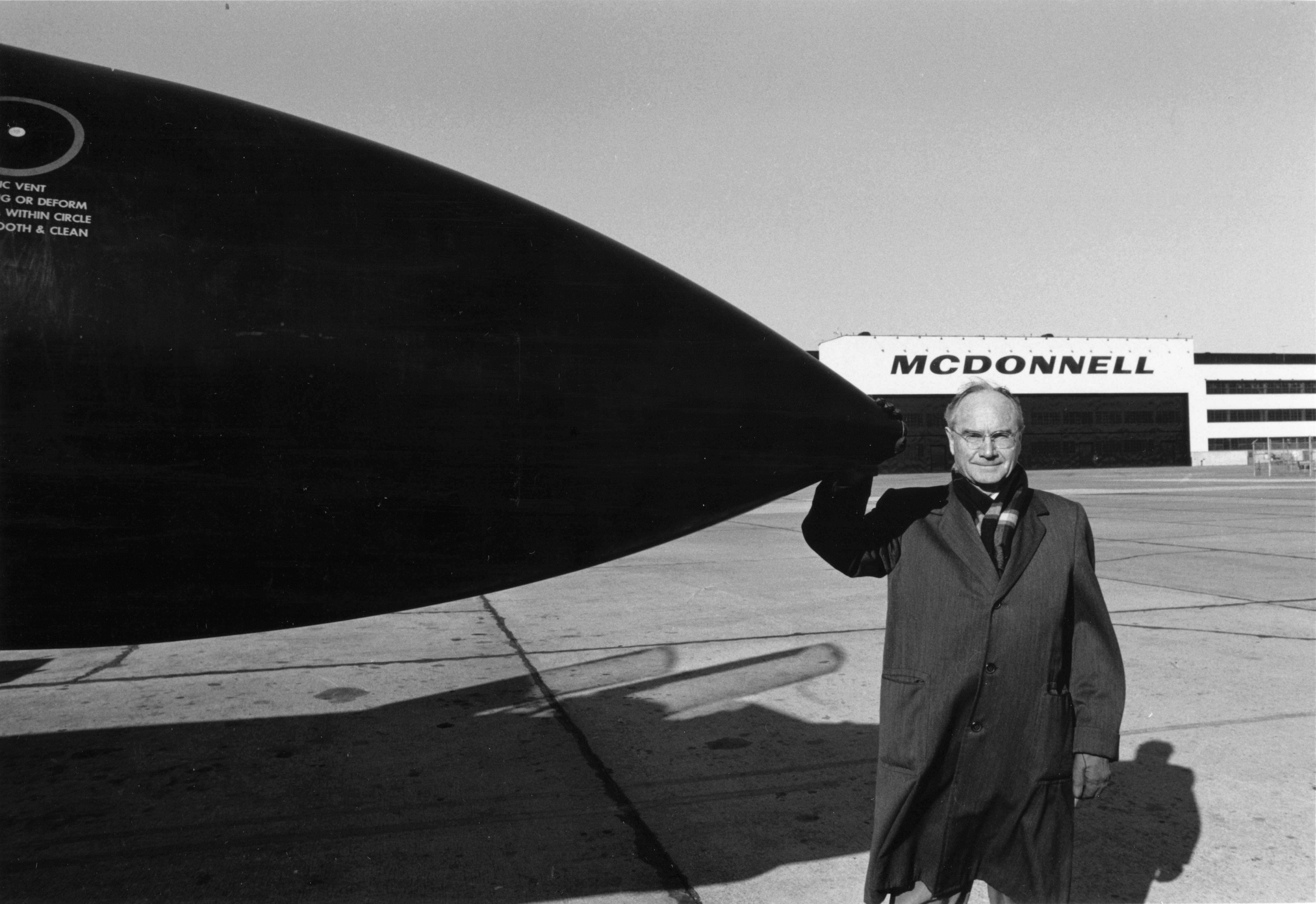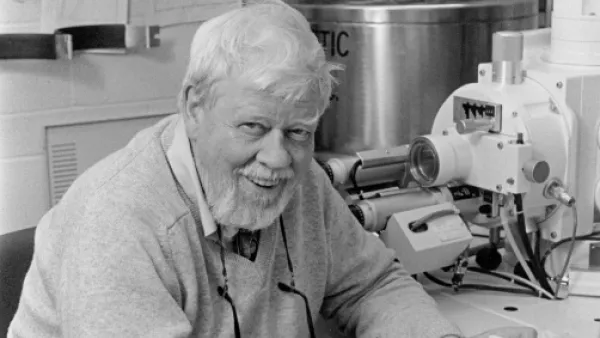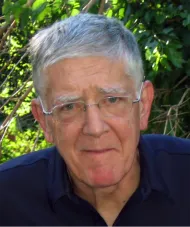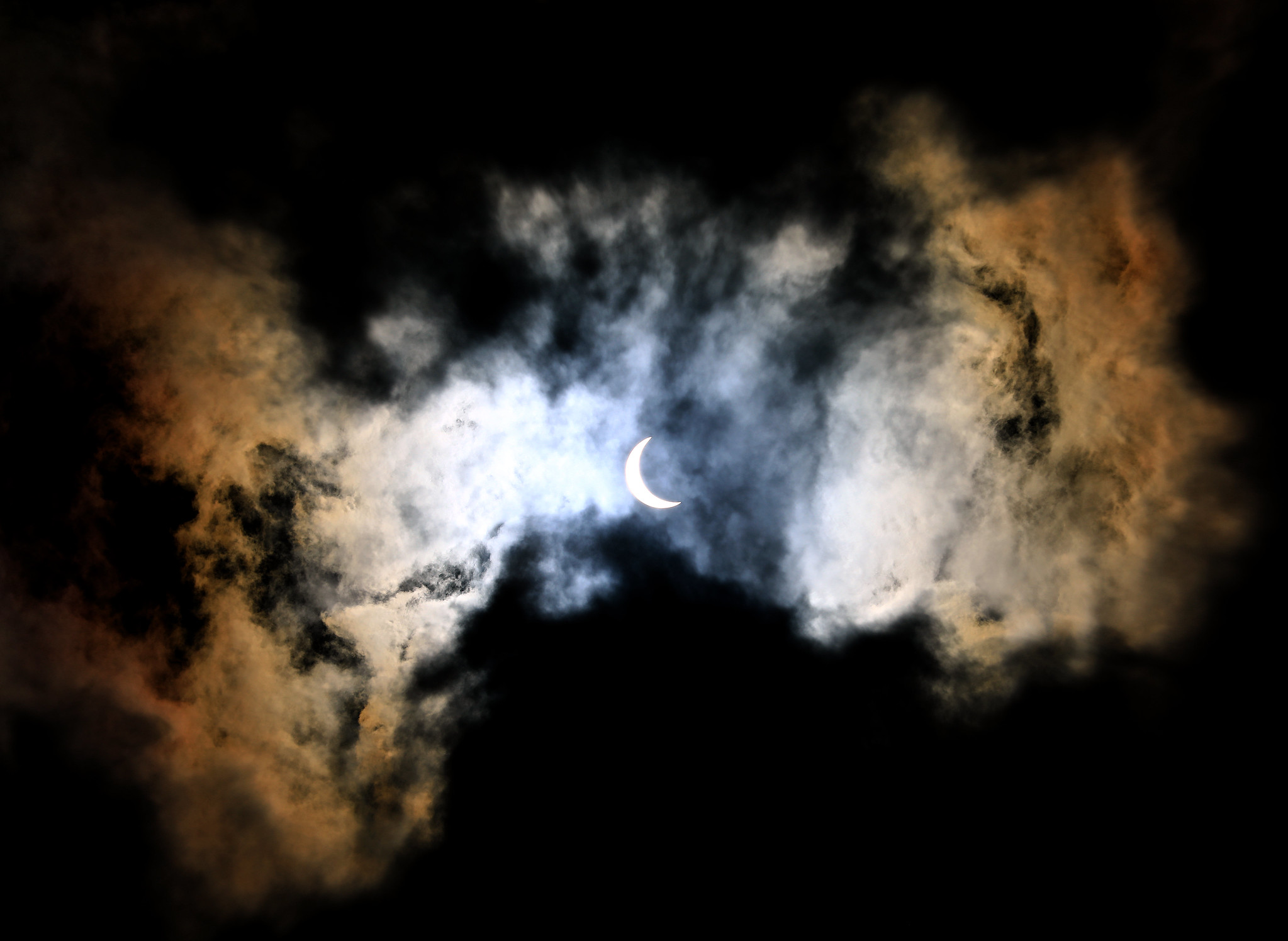Roger J. Phillips
Director, 1999-2007
Roger J. Phillips succeeded Robert M. Walker as Center Director in 1999 and served until 2007. Professor Phillips, who earned his PhD in 1968 from the University of California, Berkeley, worked at the Jet Propulsion Laboratory (JPL), and then took over as director of the Lunar and Planetary Institute (LPI) in 1979. He later took a faculty position at Southern Methodist University, and in 1992 came to Washington University. In 2008, he retired from Washington University and moved to Colorado where he was affiliated with the Southwest Research Institute and continued his research. He died on November 19, 2020.
Professor Phillips was known for his work on the geophysical characteristics and interior structure of solid planets, beginning with the interior structure of the Moon and later expanding his research to Venus, Mars, and Mercury. He was involved in numerous exploration missions including the Apollo Lunar Sounder Experiment, Apollo 17; the Magellan mission to Venus; the Mars Global Surveyor mission; the Shallow Radar (SHARAD) experiment on the Mars Reconnaissance Orbiter; the MESSENGER mission to Mercury; and the GRAIL mission to the Moon.
Comments from Director Phillips about the space sciences:
“This generation's initial probing beyond our planet with unmanned spacecraft and human explorers is a major turning point in history, fundamentally changing the boundary conditions of human existence. We have taken only the first small steps; the exploration of space will continue as long as humanity exists. The first American in space and the first American in Earth orbit made their flights in spacecraft designed and built in St. Louis. The McDonnell Center is privileged to help carry on this tradition of space exploration. We look forward to the future with enthusiasm and immense curiosity.”
Ramanath Cowsik
Director, 2007-2019
Ramanath Cowsik became the third director, serving from 2007-2019. Professor Cowsik, the James S. McDonnell Professor of Space Sciences, earned his PhD from the Tata Institute of Fundamental Research, Bombay University. He was a Distinguished Professor at the Tata Institute of Fundamental Research and a Distinguished Professor and Director of the Indian Institute of Astrophysics before joining the Department of Physics at Washington University in 2002.
Professor Cowsik's scientific contributions span over several decades and are in the fields of astronomy, astrophysics, cosmology and non-accelerator particle physics. He is interested in several problems in high energy astrophysics, dark matter, and cosmology. Over the course of his career, he established the highest observatory in the world in Hanle, Ladakh, in the Himalayas, at an altitude of 15,000 ft, for astronomy in the optical and infrared wavelength bands. He has contributed significantly to the understanding of highly energetic phenomena in astrophysics such as cosmic rays, pulsars, supernova remnants, gamma-ray bursts, active-galactic nuclei and other such sources powered by accretion flows. He has studied both the diffuse non-thermal radiations that permeate all space and also the emission of such radiations from discrete astronomical sources. The 'leaky-box' and the 'nested-leaky box' models invented by him are extensively used to interpret the observations of cosmic rays.
Cowsik was elected to the National Academy of Sciences in 2004 and was awarded the O’ Ceallaigh Medal of International Union of Pure and Applied Physics in 2013. In addition, he was awarded several medals before arriving at WashU, including the President's Medal, the 4th Highest Civilian Award in India, and was elected to the Academy of Sciences for the Developing World (Trieste, Italy).
